.
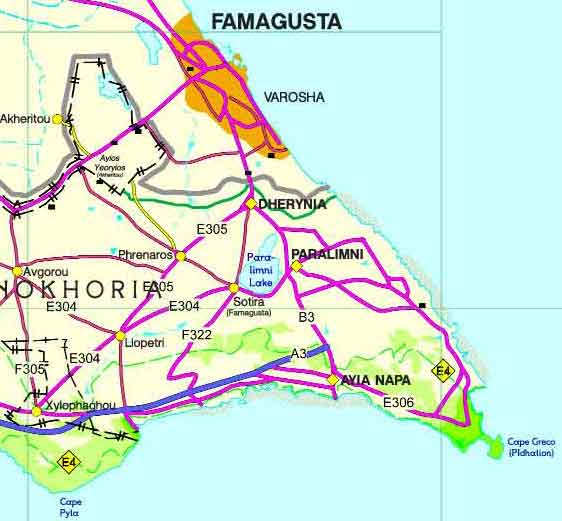
Famagusta ( Greek: Αμμόχωστος, Ammochostos, Turkish: Gazimağusa) is a city on the east coast of Cyprus.
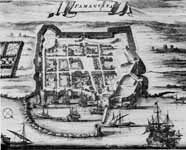
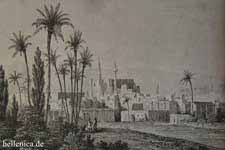

St. Nicholas Cathedral, today transformed into Lala Mustafa Pasa Mosque [Source]

St. Nicholas Cathedral, c. 1897
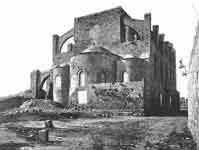
Church Apostolon Petrou kai Pavlou
The town was known as Arsinoe (after Arsinoe of Egypt) in antiquity, then Ammochostos (meaning "hidden in sand") which is how it is today referred to in Greek. The same name developed into Famagusta,used in Western European languages and the Turkish name of Mağusa (Gazi is a Turkish prefix meaning veteran or simply ghazi, given officially after 1974, compare to Gaziantep.). It seems to have had its heyday in the 13th century when Christians fleeing from Syria and Palestine settled there and developed it into a wealthy city under the Frankish Lusignan dynasty, which ruled from 1192. It declined after a riot in the 14th century and by 1489, when the Venetians took over, it had seen better times. They redeveloped it, building a massive wall round the old town, still mostly remaining. The Martinengo bastion is an excellent example of expert fortification, as it provides protection for the walls on either side of it: it reminded one tourist (no expert!) of a similar protection to be seen far away in the walls of Berwick-upon-Tweed, England. The Ottoman forces took over in 1571, converting churches into mosques or using them for secular purposes. The Cathedral of St Nicholas became the Lala Mustapha Pasa Mosque.

Lusignan Palace Facade [Source]
After the British acquired Cyprus in 1878, they demolished many buildings to provide material for Port Said and the Suez Canal. Famagusta was occupied by the Turkish military during the invasion of the island by Turkey in 1974, in response to the Greek-backed coup. The Greek Cypriot inhabitants fled, never to return again. Consequently, most of the then-modern part of the city, known as Varosha, was deserted, becoming a closed-off military zone, something which persists to this day. Varosha is often described as a "Ghost Town" as it has been frozen in time with department stores still full of clothes, now many years out of fashion and hotels still fully equipped.

Famagusta from Space, Image Science and Analysis Laboratory, NASA-Johnson Space Center. 2 Nov. 2004.
Apart from that sad aspect, Turkish Cypriots continue to live north of Varosha, especially in the walled city. These sections of Famagusta remain vibrant with many fascinating buildings. The city is also home to the Eastern Mediterranean University.
The town also played host to the football club Anorthosis Famagusta FC. After the abandonment of the city the team moved to the town of Larnaca.

Famagusta 1897

Famagusta Castle, Entrance
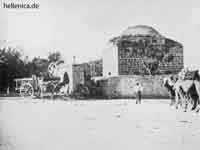
Images Cyprus, Famagusta District

| Ancient Greece
Science, Technology , Medicine , Warfare, , Biographies , Life , Cities/Places/Maps , Arts , Literature , Philosophy ,Olympics, Mythology , History , Images Medieval Greece / Byzantine Empire Science, Technology, Arts, , Warfare , Literature, Biographies, Icons, History Modern Greece Cities, Islands, Regions, Fauna/Flora ,Biographies , History , Warfare, Science/Technology, Literature, Music , Arts , Film/Actors , Sport , Fashion --- |
Retrieved from "http://en.wikipedia.org/"
All text is available under the terms of the GNU Free Documentation License

